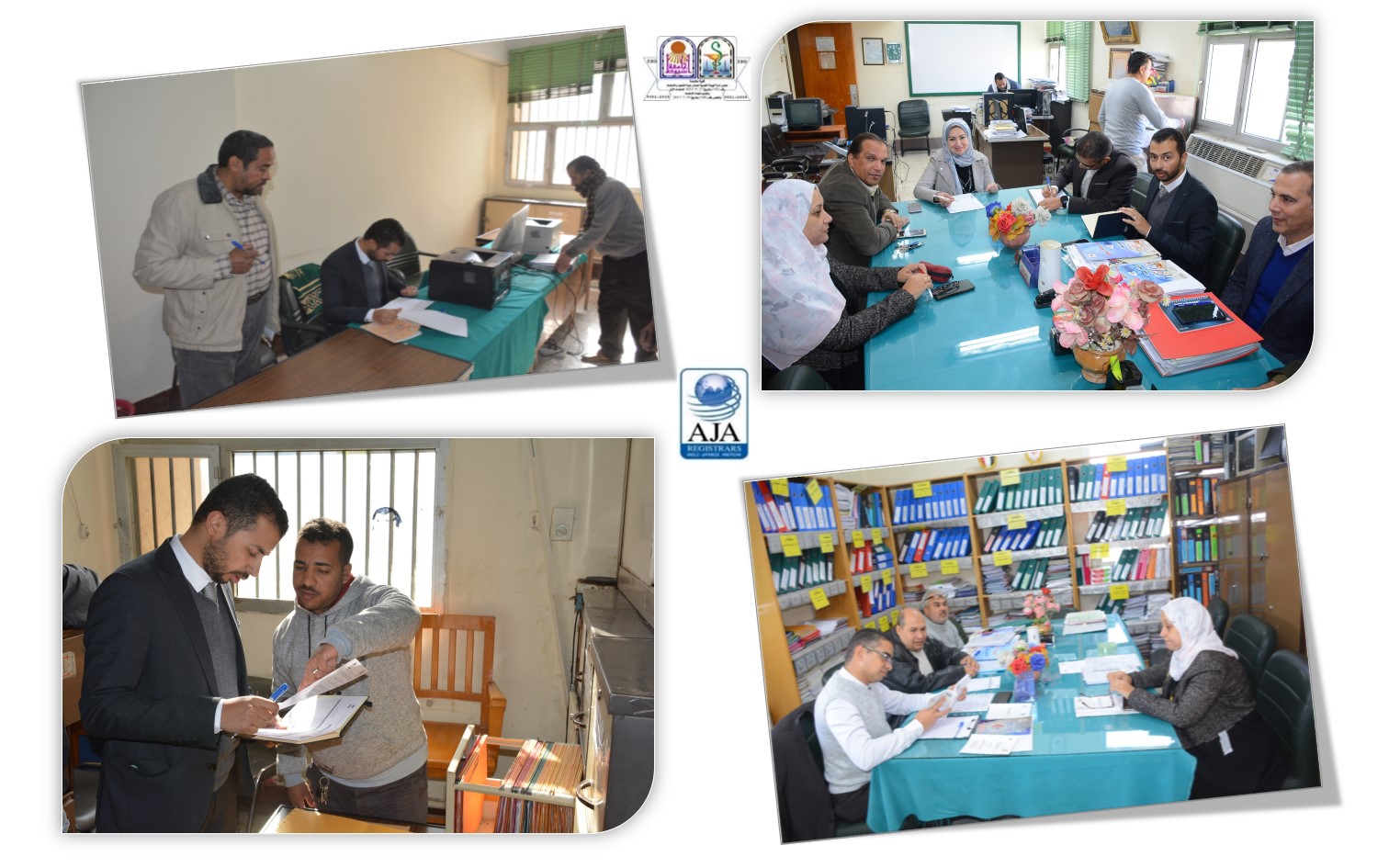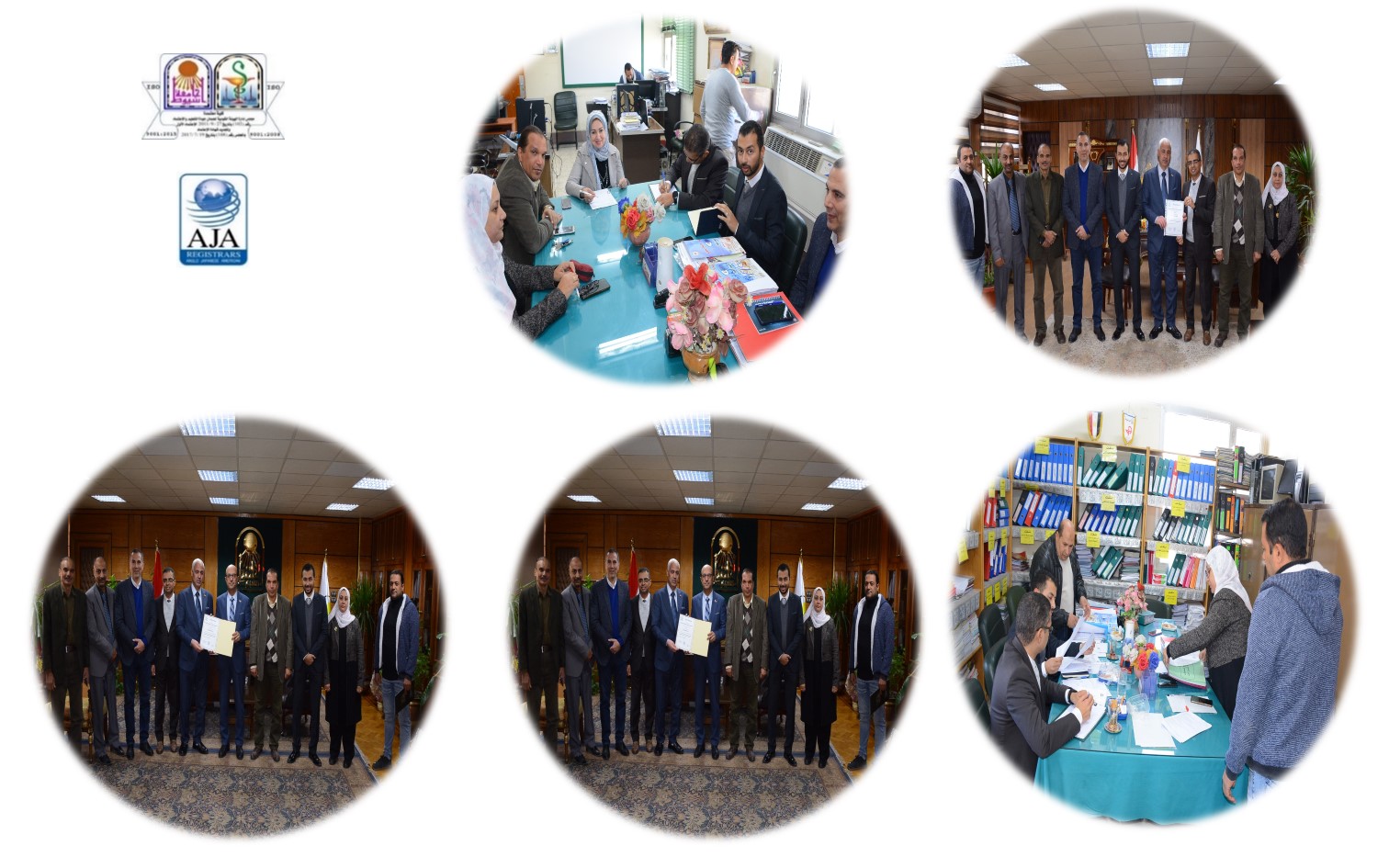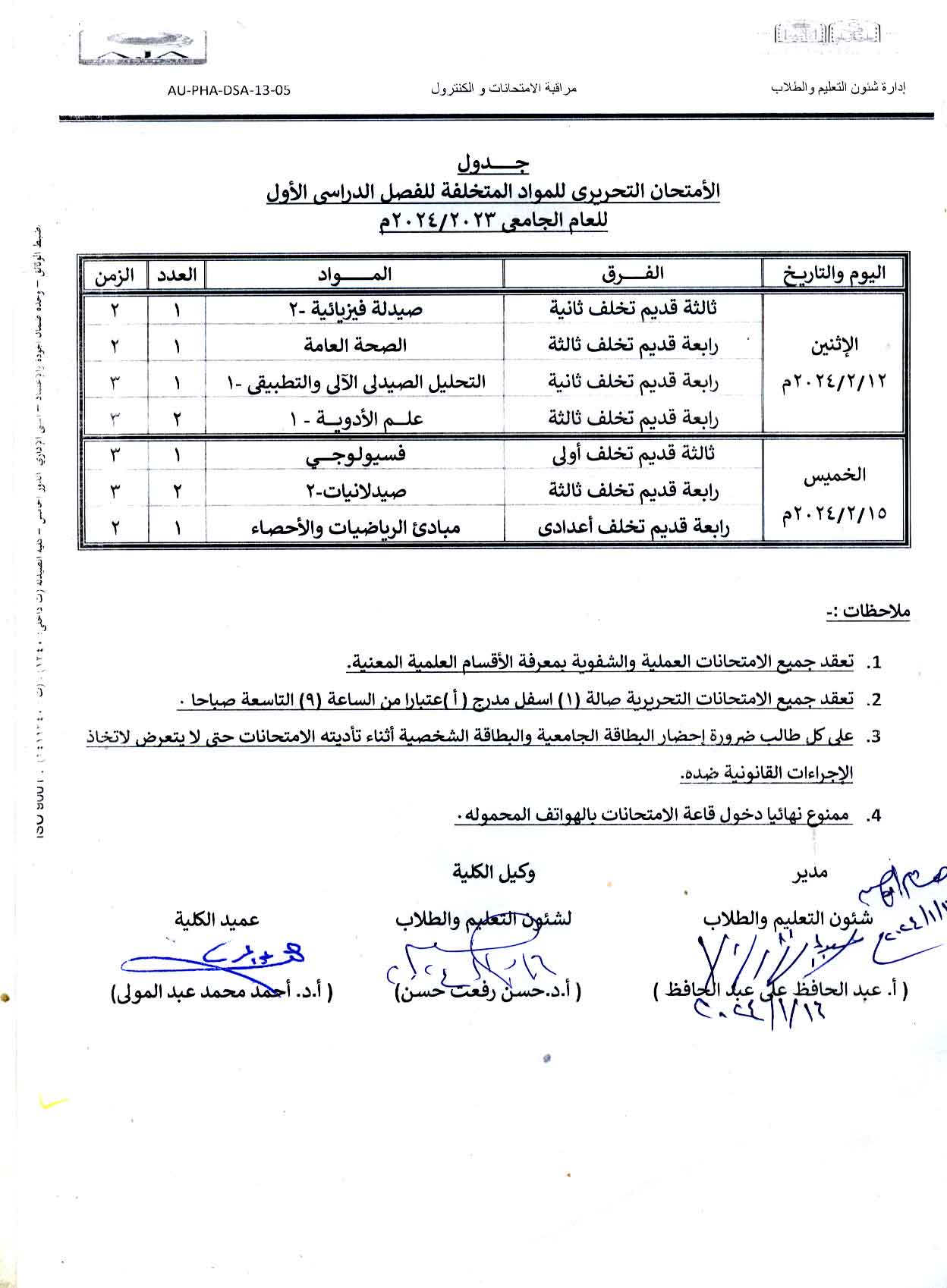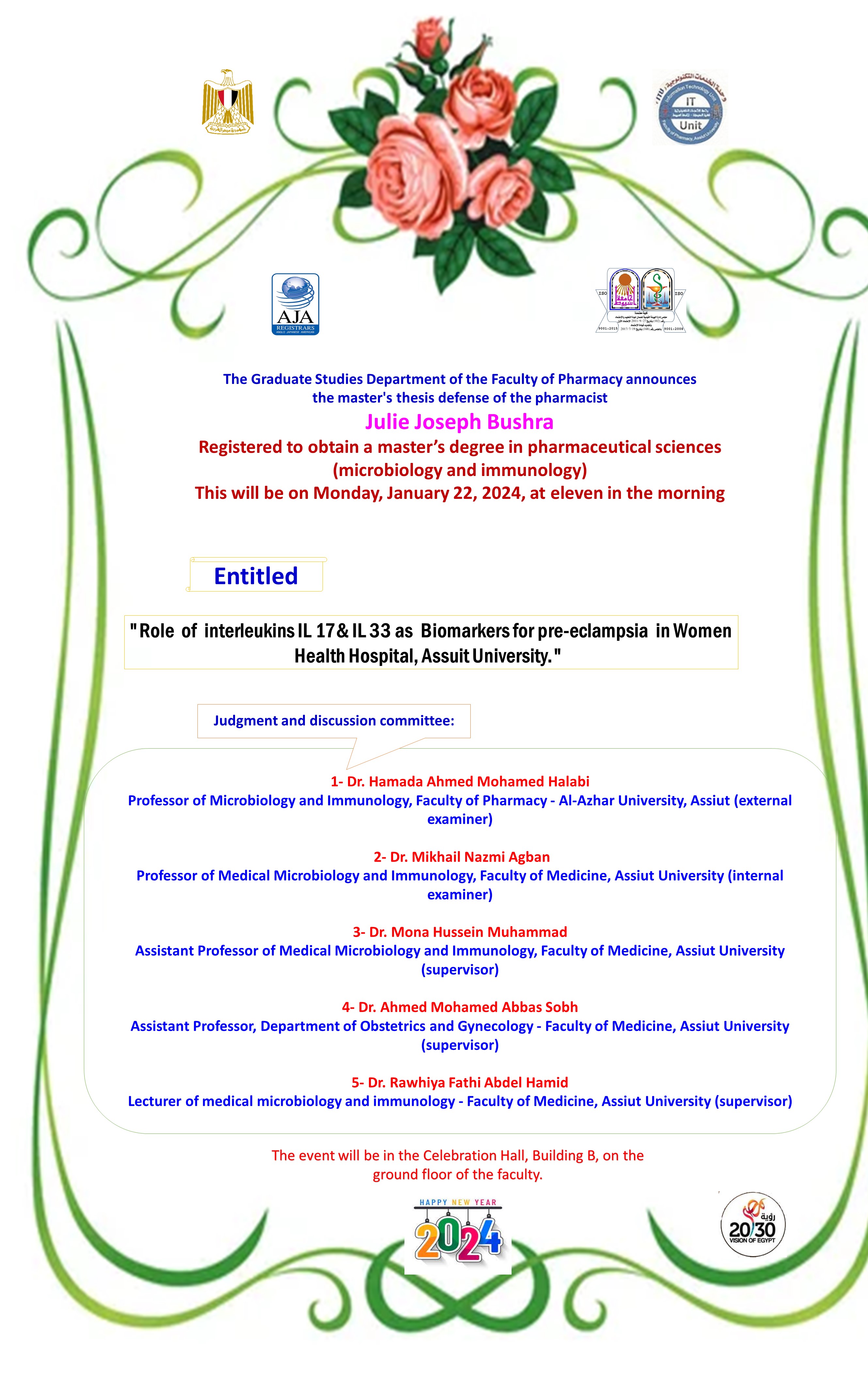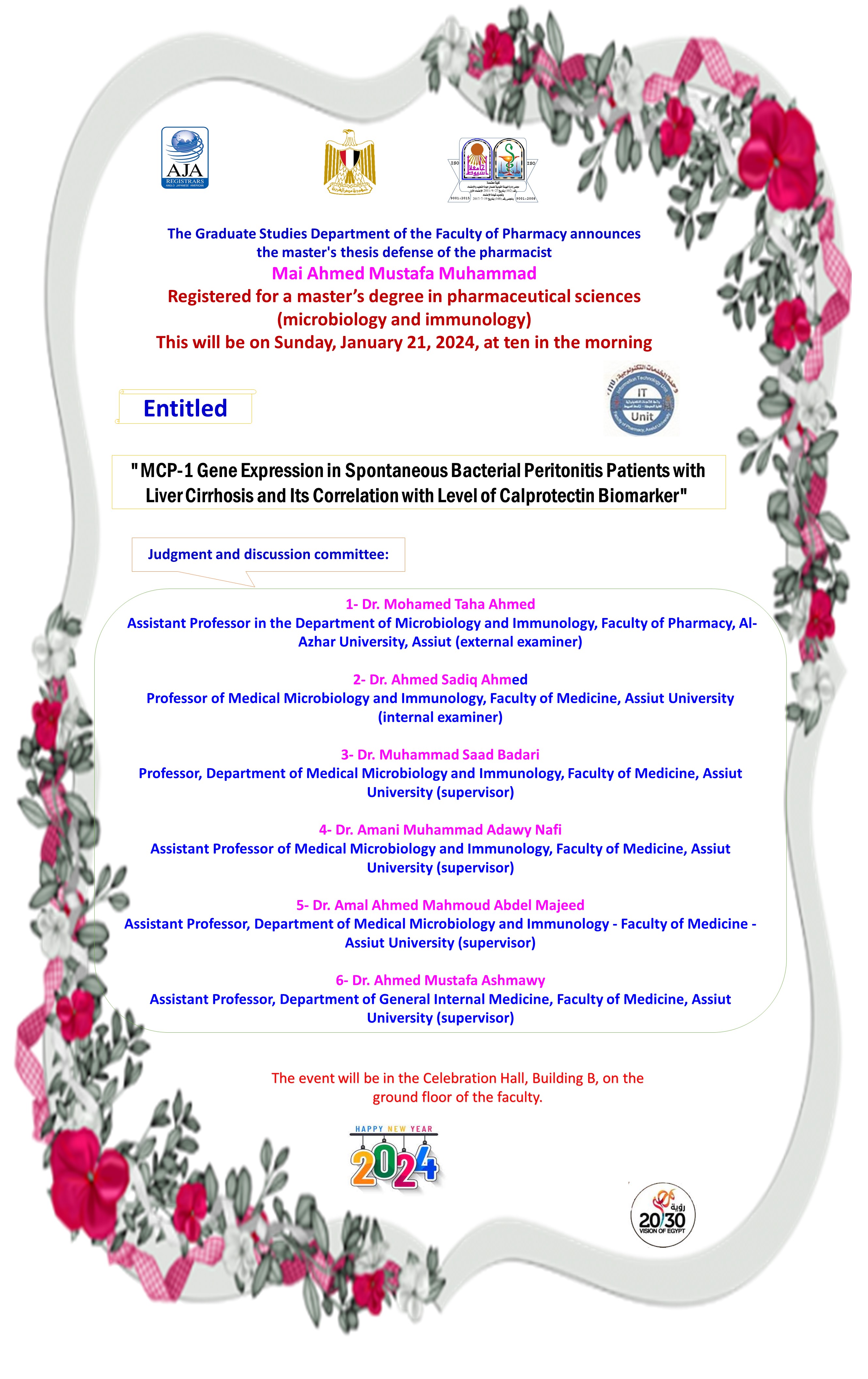Visit of the ISO certification company team (AJA) To conduct the second periodic review of the quality management system

Under the patronage of Prof. Dr. Ahmed El-Minshawy - President of the University, and Prof. Dr. Ahmed Mohamed Abdel Mawla - Dean of the Faculty and Acting Vice President of the University for Education and Student Affairs, and under the supervision of Prof. Dr. Hassan Refaat Hassan - Vice Dean of the Faculty for Education and Student Affairs and Unit Director Quality Assurance and Ms. Prof. Dr. Gilan Abdel-Razzaq Eid Al-Aleem - Deputy Director of the Quality Assurance Unit, and in the presence of Prof. Dr. Gehan Nabil Hassan - Vice Dean of the Faculty for Postgraduate Studies and Research and Mr. Tariq Sayed Hassan, Secretary of the Faculty, the team of the company awarding the ISO certificate visited the Faculty ( AJA) to conduct the second periodic review of the quality management system in accordance with the requirements of the standard specification (ISO 9001:2015)
This took place on Tuesday, January 16, 2024
